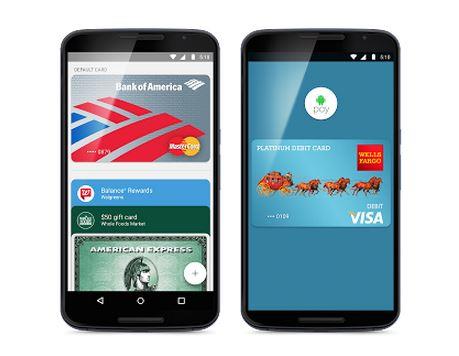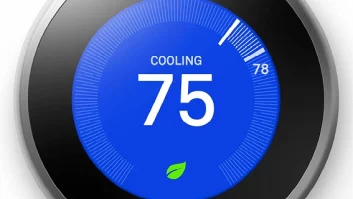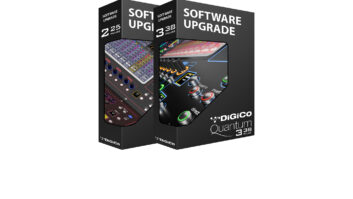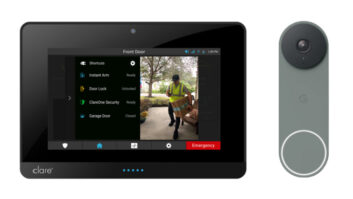
Google’s answer to Apple Pay, Samsung Pay and any other mobile payment platform has begun to roll out to Android phones.
The company said its Android Pay service works with all NFC-enabled Android devices running KitKat 4.4 or higher, on any mobile carrier, and at every tap-and-pay-ready location across the U.S. (currently topping 1 million places).
The platform will be pre-installed on new NFC-enabled carrier phones from AT&T, T-Mobile and Verizon Wireless, and will be available for download on Google Play within the next few days.
Users of its mixed-success predecessor, Google Wallet, will be able to access Android Pay through an update to the Wallet app.
The program, detailed at Google’s I/O developers’ conference in May, will support credit and debit cards from the four major payment networks, American Express, Discover, MasterCard and Visa, and won’t charge transaction fees due to recent changes in card security procedures.
Participating banks and credit unions include American Express, Bank of America, Discover, Navy Federal Credit Union, PNC, Regions Bank, USAA, and U.S. Bank, and Wells Fargo, Capital One and Citi are expected to follow shortly.
By enabling bank apps to integrate with the platform, Android Pay lets users add their credit and debit cards directly from bank apps for use with Android Pay. For added security, payments will be transmitted through a virtual account number, rather than users’ actual credit and debit card numbers.
The platform can also store gift cards, loyalty cards and promotional offers on devices, which can be transmitted to select merchants with a tap, and will be accepted for mobile checkout with leading apps later this year, Google said.
The company said it partnered with top payments processors including Braintree, CyberSource, First Data, Stripe and Vantiv in developing the program, and expects greater traction for its newest incarnation now that AT&T, T-Mobile and Verizon dropped plans for their own mobile-payment platform, Isis.
A fourth system vying for critical mass is the Merchant Customer Exchange (MCX), which was built by a consortium of retailers including Walmart, Sears, Target and Lowe’s.
Best Buy, an early backer, bowed out earlier this year in favor of Apple’s option, as it forged closer ties with its vendor partner.
MCX and its CurrentC mobile wallet app is still in development and is expected to begin a limited public pilot this fall.
According to Forrester Research the in-store mobile payment market is expected to hit some $6.8 billion this year, prompting NextWorth Solutions’ chief marketing officer Jeff Traschel to urge TWICE’s retail readers to “find ways to work mobile payment into brick-and-mortar locations, or lose the ongoing battle to e-commerce.”












